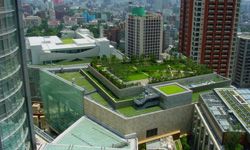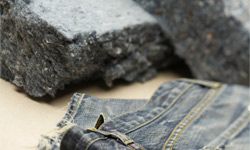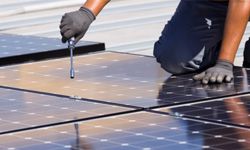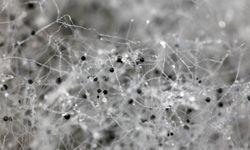Although we're more concerned about the environment now than ever before, that hasn't kept us from continuing to put up new buildings. At least we're concerned about how these buildings impact good ol' Mother Earth. For a long time, green construction was mostly limited to houses, and it could get expensive -- often considered too expensive or impractical for commercial use. It's all about what kind of return you'll get on your investment, and "helping save the planet" only does something for your karmic balance sheet. These days, however, not only will building green save companies money over time, it'll also score them tax breaks, rebates, grants and other incentives.
You can't just slap a solar panel on the roof or stick a recycling bin in a break room, call your commercial building "green" and reap the rewards. Plus, terms like "eco-friendly" and "green" are vague and don't have any concrete meaning. In order to reap some of the monetary benefits of building green, you have to follow some standards. In the United States, it's a rating system called LEED (Leadership in Energy and Environmental Design), developed by the U.S. Green Building Council. Canada has its own LEED certification system, and many countries in Europe, including France and the United Kingdom, have similar systems.
Advertisement
Green building has become big business, so there's plenty of incentive for companies to develop new technologies and products to help buildings meet these codes. Let's take a look at some of the coolest green advances in commercial building.





